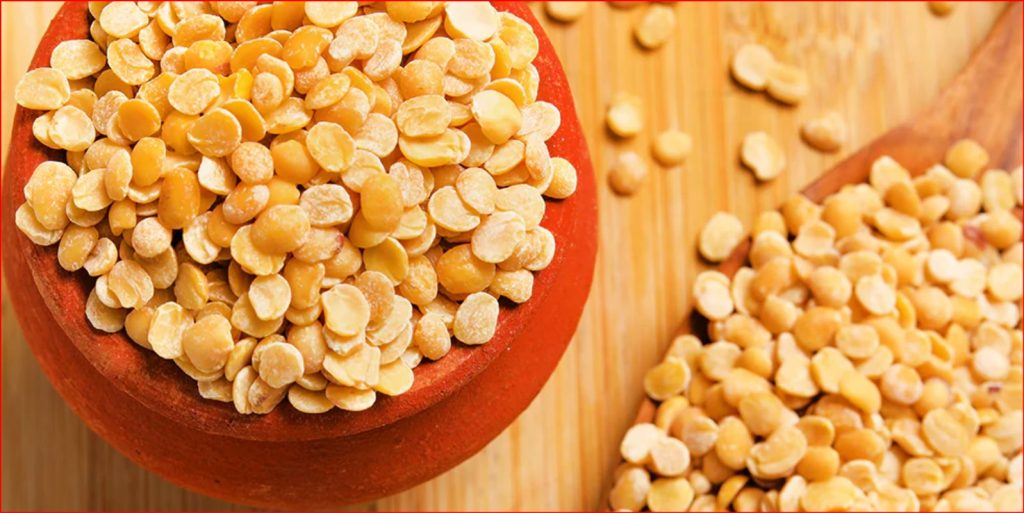Contents
Arhar Dal | Toor Dal
Arhar dal, commonly known as toor dal, is a staple food item and an integral part of the Indian cuisine. In Delhi, a city bustling with diverse cultures and culinary preferences, the price of arhar dal holds significant importance for both consumers and policymakers. This article delves into the trends, factors, and implications surrounding the arhar dal price in Delhi, shedding light on its impact on the economy and the lives of its residents. The famous South Indian curry known as “Sambhar” is made from Arhar/Toor Dal.
Trends in Arhar Dal Price
The price of arhar dal in Delhi, like any other commodity, is subject to fluctuations influenced by a myriad of factors. Over the past few years, the arhar dal price in Delhi has experienced both upward and downward trends, primarily driven by changes in supply and demand dynamics, production levels, international market trends, and government policies.
- Supply and Demand Dynamics: The balance between the supply of arhar dal and the demand for it plays a crucial role in determining its price. A lower supply relative to demand tends to push prices higher, whereas a surplus can lead to price declines. Factors affecting supply include weather conditions, crop diseases, and agricultural practices.
- Production Levels: Arhar dal production is influenced by various factors such as weather, rainfall patterns, and agricultural practices. An abundant harvest can lead to a surplus of arhar dal, thereby exerting downward pressure on prices. Conversely, a poor harvest can result in scarcity, causing prices to rise.
- International Market Trends: Global market trends, including production levels in other countries and international trade agreements, can impact arhar dal prices in Delhi. Fluctuations in prices of arhar dal in other producing countries can indirectly affect domestic prices in Delhi due to trade dynamics.
- Government Policies: Government policies, such as import-export regulations, subsidies, and procurement practices, can have a significant influence on arhar dal prices. For instance, the government’s decision to increase or decrease import duties can impact the availability of cheaper or costlier imported arhar dal.

Factors Affecting Arhar Dal Prices in Delhi
Several factors contribute to the volatility of arhar dal prices in Delhi. Understanding these factors is crucial for both consumers and policymakers to make informed decisions.
- Monsoon Patterns: Erratic monsoon patterns can impact arhar dal production, as it is a rain-fed crop. Inadequate rainfall can lead to lower yields and higher prices.
- Market Intermediaries: The role of middlemen and intermediaries in the supply chain can lead to price disparities between the farmer and the consumer. Efforts to streamline the supply chain can help stabilize prices.
- Storage and Distribution: Inadequate storage and distribution infrastructure can lead to post-harvest losses, affecting the overall supply and contributing to price fluctuations.
- Agricultural Practices: Innovations in agricultural practices, such as improved crop varieties and sustainable farming methods, can impact production levels and subsequently influence prices.
Arhar Dal Price in Delhi
| Arhar Dal | Toor Dal | Price |
| Loose packing / retail market | Rs 100 – Rs 170 per kg |
| Wholesale market | Rs 70 – Rs 140 per kg |
| Branded (Mangat Ram /Tata/ Rajdhani/ Ahaar) | Rs 150 – Rs 210 per kg |
| Organic | Rs 180 – Rs 290 per kg |
Implications for Consumers and Policymakers
The price of arhar dal holds significant implications for both consumers and policymakers in Delhi.
- Consumer Budgets: Fluctuations in arhar dal prices directly impact household budgets, especially for low and middle-income families for whom arhar dal is a dietary staple.
- Inflationary Pressures: Rising arhar dal prices can contribute to overall inflationary pressures in the economy, affecting the cost of living for all residents of Delhi.
- Food Security: Stable arhar dal prices are crucial for ensuring food security, especially for vulnerable sections of the population. Price spikes can lead to food insecurity and malnutrition.
- Policy Interventions: Policymakers need to adopt a multi-faceted approach to stabilize arhar dal prices. This may involve promoting sustainable agricultural practices, investing in storage and distribution infrastructure, and monitoring market intermediaries.
The arhar dal price in Delhi is a complex interplay of various factors, including supply and demand dynamics, production levels, international market trends, and government policies. Fluctuations in arhar dal prices have far-reaching implications for consumers’ budgets, inflation, food security, and policy formulation. A comprehensive understanding of these trends and factors is essential for both consumers and policymakers to ensure a stable and affordable supply of this vital staple food.
Leave a Reply